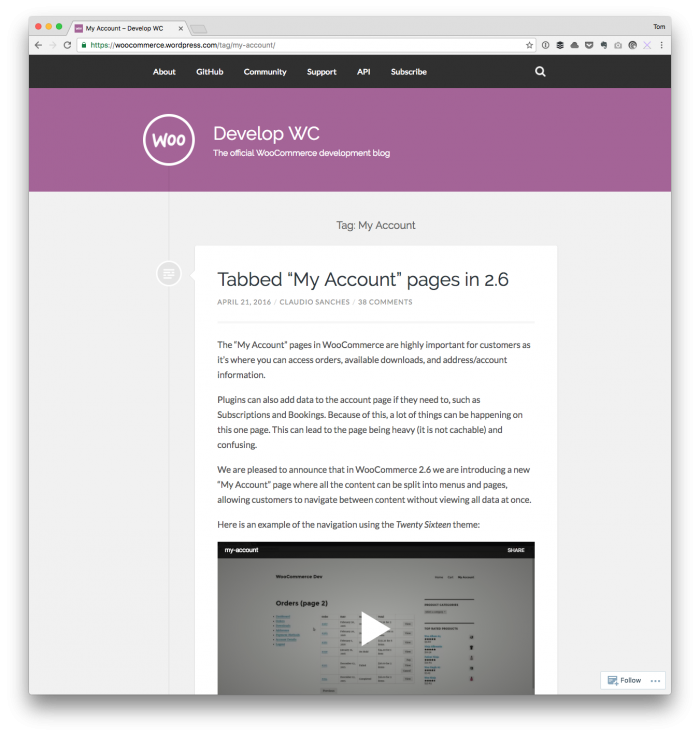Years ago, I started using this little service called Spacebox (and I briefly mentioned it about three years ago) to accept one-off payments from clients, family, and friends for different things.
Not long after that, Spacebox changed its name to Plasso, expanded its offering regarding what could be done with it, and I continued to use it for one-off payments.
Fast-forward to yesterday and the company comes out of the gate swinging with some different products for WordPress payments. These include a couple of themes, a plugin, and so on.
If you missed it, we released a bunch of free #WordPress themes (and a plugin) for @paywithplasso yesterday. https://t.co/Z0tpiADbe8 pic.twitter.com/MUl8Rc9knp
— Jason Schuller (@jasonpatricksc) December 21, 2016
And I’m pretty stoked to see what all it has to offer especially with dealing with accepting self-hosted payments (well, as far as accepting things within the context of WordPress).




